Fluffy Bao Buns, Made at Home
Pillowy steamed bao buns made at home: easy dough, stand-mixer friendly, 12-minute steam, freezer-friendly, with shaping tips and filling ideas.
Servings
Prep Time
Cook Time
Ingredients
Total Time
Ingredients
Equipment
Instructions
In Romania, finding truly good bao can be a real adventure, and after too many disappointing store-bought tries, I stopped hunting and started mixing. So, today, I want to share a fluffy bao buns recipe with you.
One that I make on repeat: soft, pillowy steamed buns that open like a little sandwich to cradle your favorite bao buns fillings.
The dough is simple, the method is friendly for home kitchens, and the results are every bit as satisfying as your favorite street-food stand.
If you’ve ever wondered how to make bao buns that are tender yet sturdy, this is the one to start with.
Step-by-Step Instructions
- Bloom the yeast: In a small bowl, combine the yeast, sugar, and a splash of the warm milk. Stir and let it sit until foamy, about 10 minutes.

- Make the dough: In the bowl of a stand mixer fitted with the dough hook, add flour, baking powder, and salt.
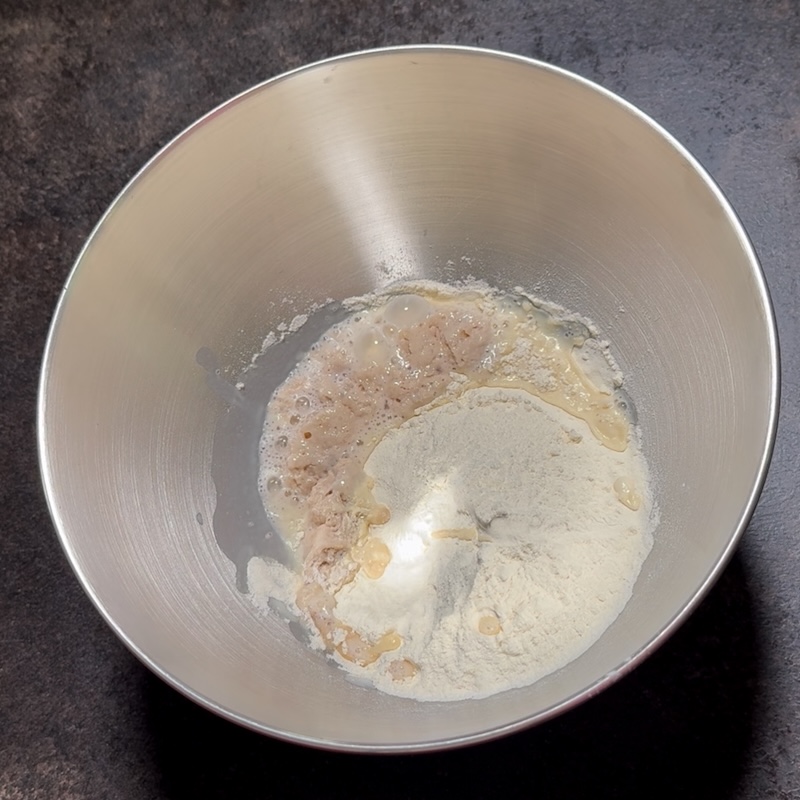
- Pour in the bloomed yeast mixture. With the mixer on low, stream in the remaining warm milk gradually (you may not need it all) until a soft, cohesive dough forms.
- Knead on medium-low until the dough is smooth and elastic, 6–8 minutes (or 8–10 minutes by hand).
- Add oil & first rise: Drizzle in the oil (I use ~1 tsp grapeseed) and knead just to incorporate.
- Shape into a ball.

- Cover the bowl, and proof in a warm spot (an oven with the light on works well) for about 1 hour, or until noticeably puffy.
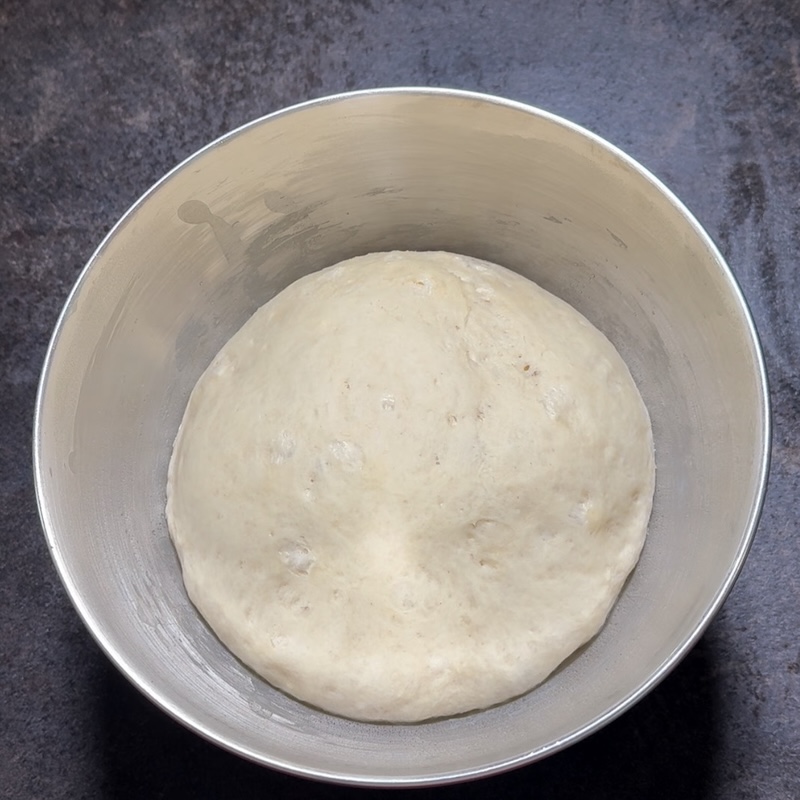
- Shape the buns: Give the dough a punch.
- Turn the dough onto a lightly floured surface and roll it into a rectangle about 6–7 mm thick.
- Use a 10 cm (4 in) round cutter to punch out circles.
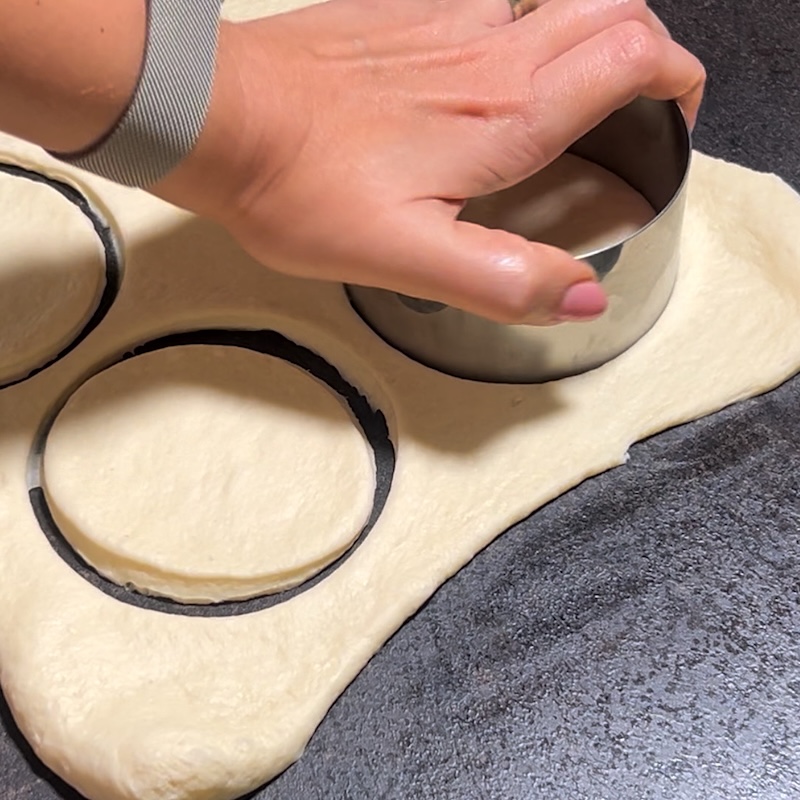
- Lightly brush each circle with oil.
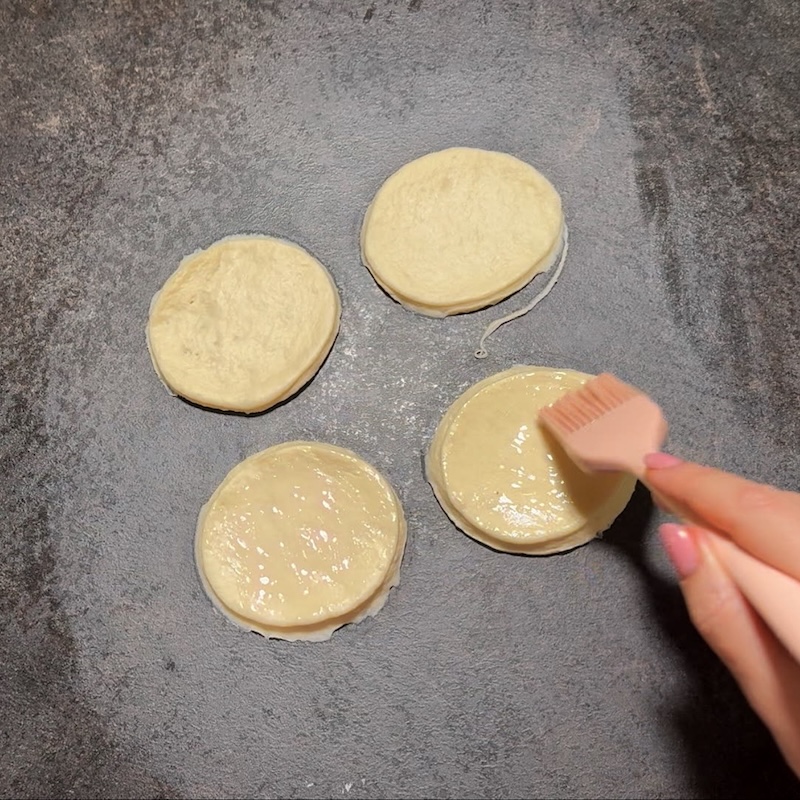
- Then fold in half to form the classic taco-style bao shape. Set each on a small square of parchment and gently pass a rolling pin over the top once to flatten slightly.
- Gather scraps, re-roll, and repeat until you have 8 buns.
- Second rise: Arrange the folded buns (on their parchment) in a draft-free spot, cover with a clean towel, and let rise until pillowy, about 40 minutes.
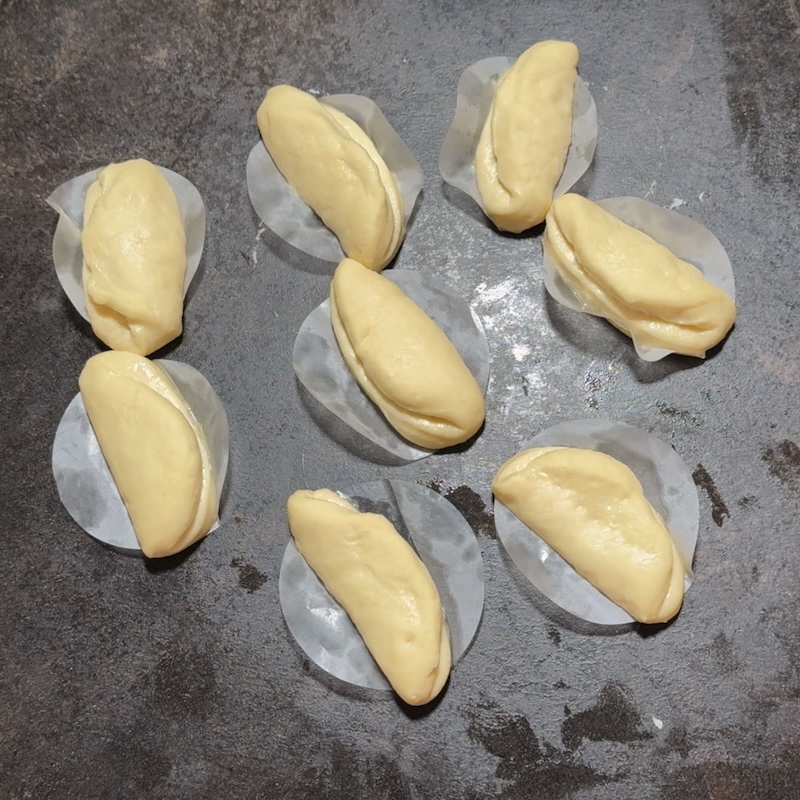
- Transfer them to a steamer.
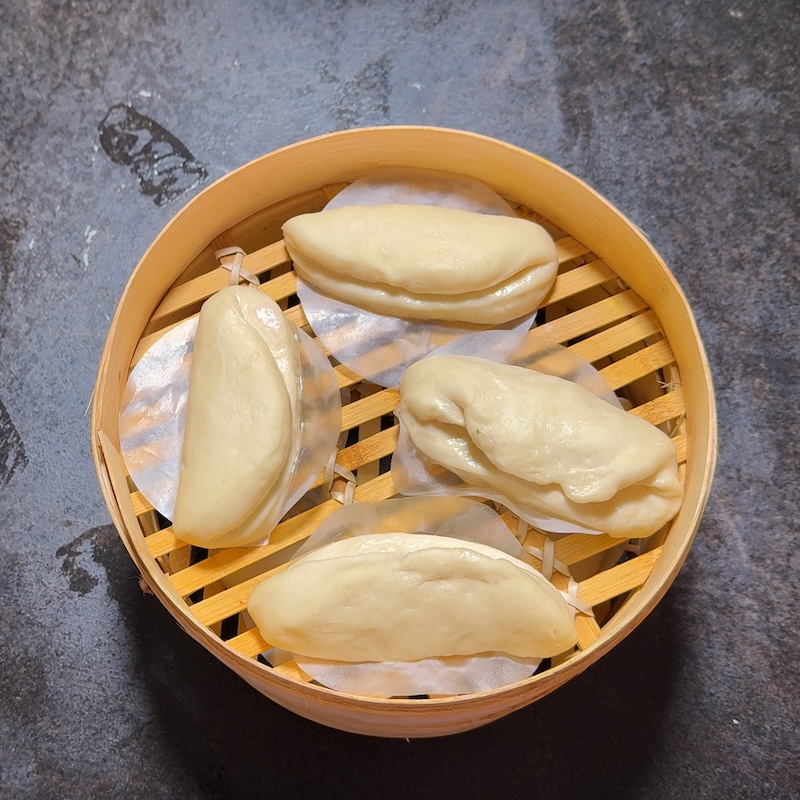
- Steam: Bring water to a gentle simmer in your steamer.
- Steam the buns (still on parchment) in batches over medium steam for about 12 minutes.
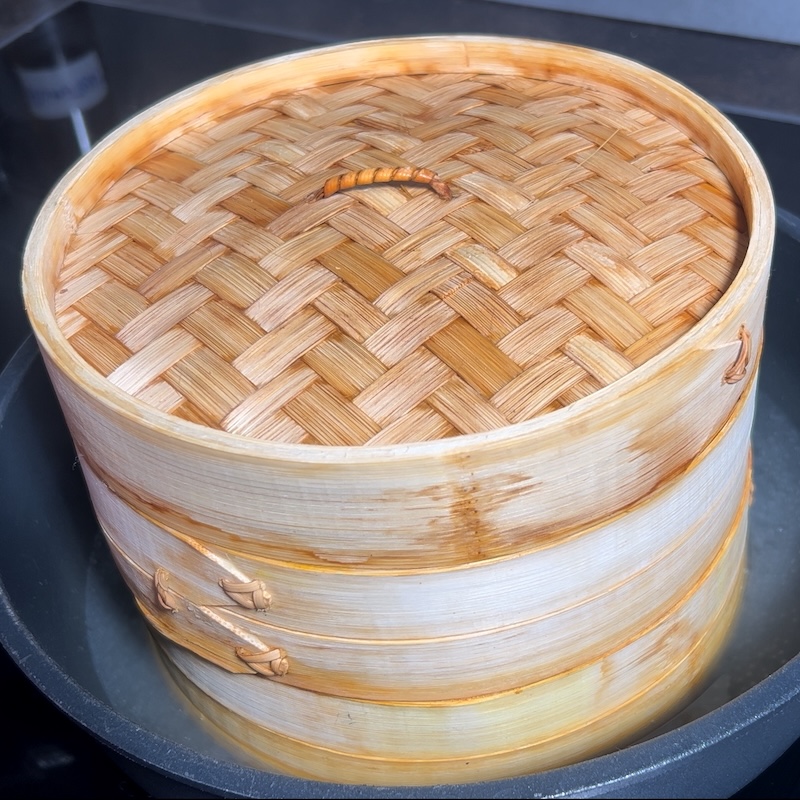
- Avoid opening the lid during the first 10 minutes to keep them from collapsing.
- Rest 1–2 minutes before lifting the lid fully. Serve warm with your favorite bao buns fillings.
Deep-Dive: Origins, Inspiration, and Nutrition
Why These Ingredients Work Together
This dough balances tenderness and structure. Milk adds gentle sweetness and a bit of protein for a soft crumb; a touch of oil keeps the buns moist even after reheating; yeast builds flavor and lift, while a small amount of baking powder gives extra fluffiness and that cloud-like bite you expect from steamed buns.
The sugar supports yeast activity and very lightly rounds the flavor, which makes the buns work with both savory and lightly sweet bao buns fillings.
A Quick Note on bao buns origin
What many of us call “bao buns” are often the folded, lotus-leaf–style buns used for Taiwanese “gua bao.” In broader Chinese cuisine, “baozi” are filled buns, and “mantou” are plain steamed buns. The folded style here is the mantou-style bread shaped as a sandwich bun—perfect for pork belly, crispy tofu, pickled vegetables, and hoisin or chili sauces. In other words, these steamed bao buns are a flexible canvas for whatever flavor story you want to tell.
My Inspiration & What I Changed
Street-style bao is not always easy to find where I live, so I set out to make bao buns that are consistent at home. I keep the dough minimal and add a small amount of oil and milk for extra tenderness and day-two resilience (nice if you plan frozen bao buns or meal prep).
The 10 cm cut makes a generous pocket without dwarfing your filling. I proof in a gently warm oven for reliability, and I use parchment circles to prevent sticking and keep shaping neat.
Nutrition at a Glance
These buns are mostly complex carbohydrates with modest protein and minimal fat—great carriers for nutrient-dense fillings.
Using the ingredient amounts above and dividing the dough into 8 buns, each bun typically lands around 110–115 kcal (estimate).
Keep sodium moderate in the dough, then season more dynamically through your fillings and sauces.
For a balanced plate, pair your bao buns recipe with protein (pulled chicken, tempeh, tofu), crunchy veg (cucumber, carrot, cabbage), and a punchy yet light sauce.
You can also batch-cook and reheat as frozen bao buns: steam, cool, freeze, then re-steam to serve.
Along the way, you’ll naturally learn how to make bao buns with the exact softness you like—adjusting steam intensity, proof times, and thickness to match your preferred bite.
Before we jump into the FAQ, here are quick pointers if you’re new to steamed bao buns: keep your steam gentle but steady, don’t overcrowd the basket, and let the buns rest a minute before opening the lid to avoid sudden temperature shocks.
FAQ
Q: How to steam bao buns without a steamer?
A: Use a wide pot with 2–3 cm of water. Place an inverted heat-safe bowl inside and set a perforated plate, rack, or mesh sieve on top (above the waterline). Line with parchment and steam as usual. A bamboo basket over a pot, or a metal colander set over simmering water and covered, also works. This makes perfectly serviceable steamed buns at home.
Q: Are bao buns gluten free?
A: Traditional bao are made with wheat flour, so they are not gluten-free. Some recipes use specialized gluten-free blends and stabilizers; they can be tasty, but the texture will differ from classic steamed bao buns.
Q: Can I freeze bao buns?
A: Yes—frozen bao buns are fantastic for busy days. Either freeze after steaming and cooling (best texture on reheat), or freeze shaped, second-risen dough before steaming. For cooked buns, re-steam straight from frozen for 5–7 minutes until hot and fluffy.
Q: What are the best fillings for bao buns?
A: Anything with contrast: sticky pork belly or shredded chicken, miso-glazed mushrooms, crispy tofu, pickled veg, scallions, herbs, and a bright sauce (hoisin, chili crisp, or sesame-lime). Building balanced bao buns fillings—something rich, something crunchy, something fresh, and something saucy—makes every bite pop.
Q: How do I reheat leftover steamed buns?
A: Steam for 2–3 minutes until warm and soft. Avoid microwaving unless you wrap them in a damp towel; even then, texture is better with steam. For meal prep, this bao buns recipe reheats beautifully.
Conclusion
I hope you’ll test this dish, have fun with the fillings, and tag us when you do. The full video for the recipe is available on YouTube—check it out, and don’t forget to like and subscribe. With this guide, you’ve seen how to make bao buns at home, from dough to perfectly steamed bao buns—and you’ll never need to rely on store-bought again.




.svg)






